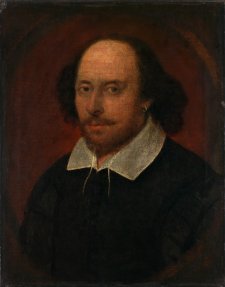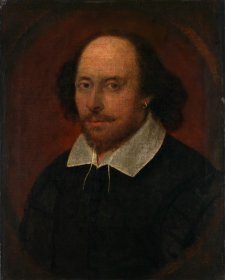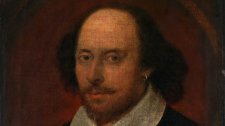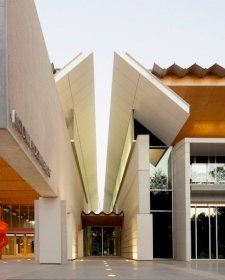- About us
- Support the Gallery
- Venue hire
- Publications
- Research library
- Organisation chart
- Employment
- Contact us
- Make a booking
- Onsite programs
- Online programs
- School visit information
- Learning resources
- Little Darlings
- Professional learning
The only surviving child of Henry VIII of England and his second wife, Anne Boleyn, Elizabeth I (1533–1603) inherited the throne from her Catholic half-sister Mary. Wishing to instate a moderate, more tolerant approach to religion derived from her father’s break with the Catholic Church in Rome, Elizabeth I surrounded herself with able advisers and together they brought about the re-establishment of the Church of England. She was expected to marry, but ultimately chose to retain her authority and rule in her own right.
In this portrait, Elizabeth wears a jewel in the shape of a phoenix, which symbolised both virginity and renewal, and clasps a red rose, a symbol of the house of Tudor. She also adopted black and white as her colours, their association with constancy and purity being highly appropriate for the ‘Virgin Queen’. The portrait was most likely completed in the studio or under the supervision of Nicholas Hilliard, who was called upon by Elizabeth’s ministers and courtiers to make images filled with codes and symbols that emphasised the queen’s royal power.
National Portrait Gallery, London.
Purchased 1865.
© National Portrait Gallery, London



Joanna Gilmour travels through time to explore the National Portrait Gallery London’s masterpieces in Shakespeare to Winehouse.



From Shakespeare to Winehouse, Darwin to Dickens, the Beatles, Brontë sisters and Beckham, the National Portrait Gallery London holds the world’s most extensive collection of portraits.



Visit us, learn with us, support us or work with us! Here’s a range of information about planning your visit, our history and more!